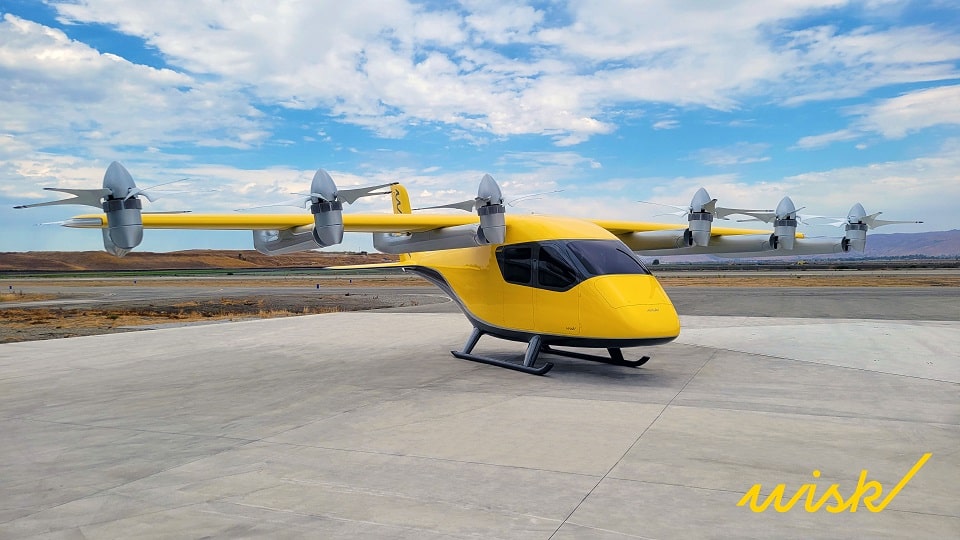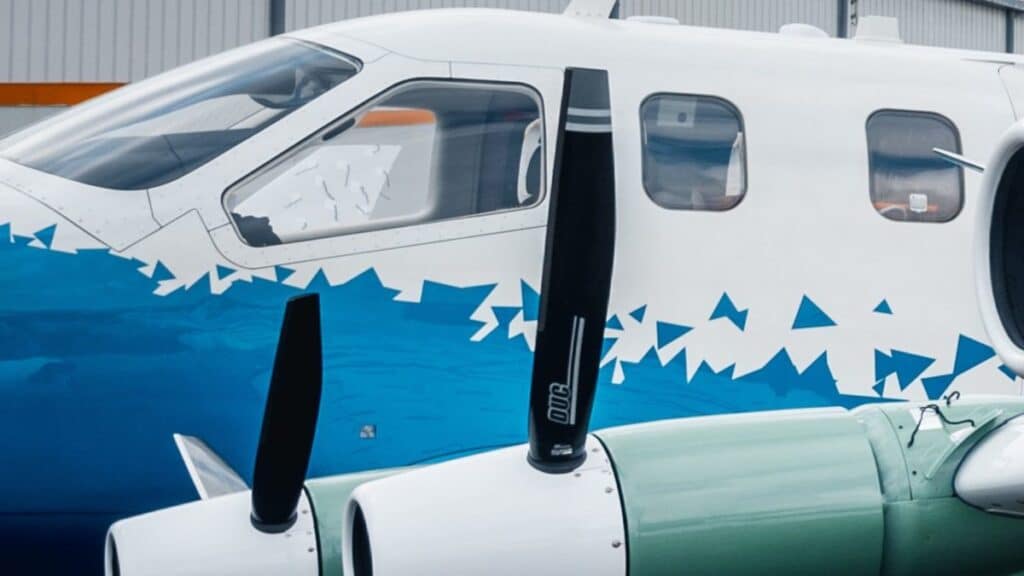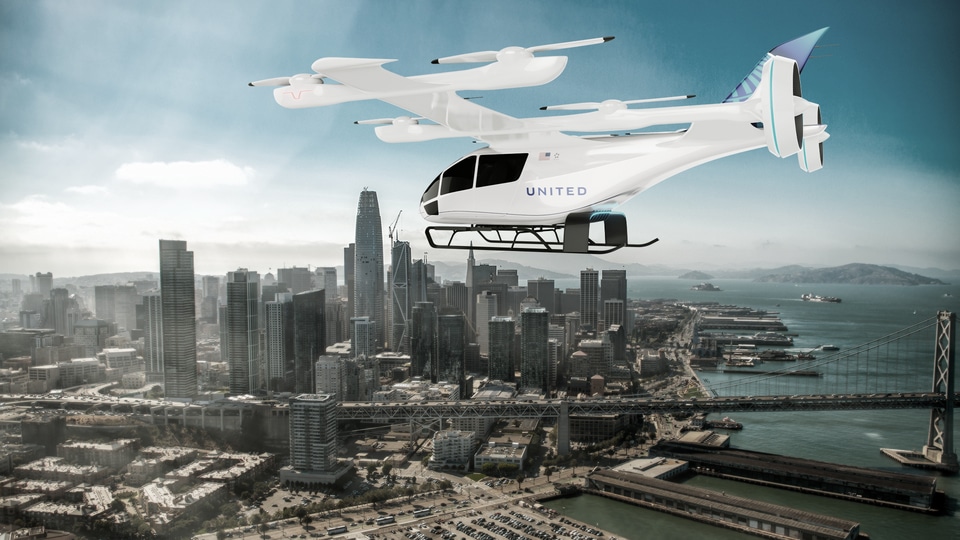Aerospace
These cutting-edge electric aircraft are on display at the Paris Airshow.

The recently launched Paris Airshow is grabbing people’s interest all around the world. Some of the current aircraft are now referred to as future aircraft because they are electrical and hybrid-powered and are becoming increasingly popular at air shows.
Let’s learn more about the aircraft that various manufacturers, like Boeing, Airbus, Embraer, and other manufacturers, are showcasing at these air shows.
Boeing Wick
The WISK Explore Generation 6 air taxi has many excellent characteristics, including a range of 90 miles, a charging time of 15 minutes, and a cruising speed of 110 to 120 knots. The air taxi flies between 2,500 to 4,000 feet in the air and has enough for four passengers and their belongings.

Airbus EcoPulse
A distributed hybrid-propulsion demonstrator aircraft called EcoPulseTM was created in collaboration with Dahler and Safran. For this project, which intends to use the advantages of distributed propulsion to enhance aeroplane performance, Airbus is providing battery technology and aerodynamic modelling.

Embraer Eve Air Mobility
Eve is committed to speeding up the ecology for urban air mobility. benefiting from Embraer’s support and a start-up mentality. A Brazilian division of Embraer called Eve Air Mobility manufactures electric vertical takeoff and landing aircraft as well as urban air mobility equipment.

VoltAero
It is planned for the first Cassio 330 prototype to fly in late 2023. This aircraft, which will be powered by a four-cylinder Kawasaki Motors thermal engine derived from the Japanese company’s well-proven motorcycle engine products, will be used to evaluate the overall airframe layout and aerodynamics of VoltAero’s brand-new design for Cassio.
Archer
The Archer Midnight five-seat electric vertical takeoff and landing aircraft can go up to 60 miles (almost 100 km) at speeds of up to 150 mph (241 km/h) with four passengers and one pilot aboard. The business wants to offer a quicker, more inexpensive, and greener alternative to urban transportation.

Aerospace
Boeing Transfers Rocket Stage to NASA, Paving Way for Human Moon Mission

Boeing has achieved a significant milestone by providing NASA with the second core stage of the Space Launch System (SLS) rocket.
This crucial component, crafted at NASA’s Michoud Assembly Facility (MAF), is set to propel the Artemis II crew into lunar orbit, marking humanity’s return to deep space after a 50-year hiatus.
The monumental Boeing-built rocket stage, the largest element of the Artemis II mission, will embark on a journey aboard the Pegasus barge, traveling 900 miles to NASA’s Kennedy Space Center.
Comparison of two legendary aircraft B777x vs B747 aircraft:Click here
Upon arrival, it will be meticulously integrated with other essential Artemis II components, including the upper stage, solid rocket boosters, and NASA’s Orion spacecraft within the iconic Vehicle Assembly Building. This intricate integration process is a vital step toward the eagerly anticipated Artemis II launch, slated for 2025.
“Boeing-built products helped land humankind on the moon in 1969, and we’re proud to continue that legacy through the Artemis generation,” remarked Dave Dutcher, vice president and program manager for Boeing’s SLS program. “Together, with NASA and our industry partners and suppliers, we are building the world’s most capable rocket and paving the way to deep space through America’s rocket factory in New Orleans.”
NASA, Lockheed Martin Reveal X-59 Quiet Supersonic Aircraft:Click here
The delivery of Core Stage 2 marks a significant achievement in the evolution of the SLS rocket. Towering over 200 feet and powered by four RS-25 engines, this core stage, coupled with two solid-fueled booster rockets, will generate a staggering 8.8 million pounds of thrust. This immense power is crucial to launching Artemis II and future missions into the vast expanse of space.
The SLS rocket stands unparalleled in its capability to transport both crew and substantial cargo to the moon and beyond in a single launch. Its extraordinary capacity will facilitate the delivery of human-rated spacecraft, habitats, and scientific missions to destinations including the moon and Mars, ushering in a new era of space exploration.
-

 Travel1 week ago
Travel1 week agoAir India to Expand US Operations with Three New Routes After a Decade
-

 Travel2 weeks ago
Travel2 weeks agoWhy We Should Avoid These Stamps in a Passport
-

 Airlines1 month ago
Airlines1 month agoInvestigations Reveal Fake Chinese Titanium in Boeing and Airbus Jets
-

 Tech4 weeks ago
Tech4 weeks agoChina’s CATL Plans 1,800-Mile Electric Plane Launch by 2027
-

 Airport3 days ago
Airport3 days agoTop 10 Largest Airports in the World by Size
-

 Aerospace4 weeks ago
Aerospace4 weeks agoChina’s Fighter Jets Turn Wings into Autonomous Drones
-

 Airlines4 days ago
Airlines4 days agoAir India Rolls Out A350s for Delhi-New York JFK and Newark Routes
-

 Defence3 weeks ago
Defence3 weeks agoBoeing Enhances Chinook with New Engines and Block II Upgrades at $96 Million







